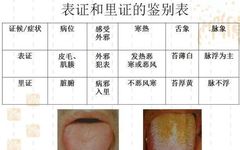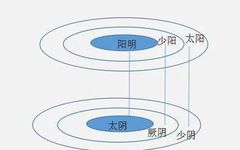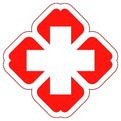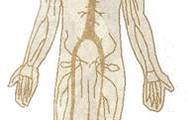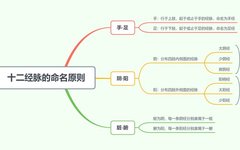The Eight Principles: Cold and Heat
ClickBlue↑FollowUs! Cold and heat are the two main principles for distinguishing the nature of diseases. Cold syndromes and heat syndromes reflect the excess and deficiency of Yin and Yang in the body. An excess of Yin or deficiency of Yang manifests as a cold syndrome; an excess of Yang or deficiency of Yin manifests as … Read more


